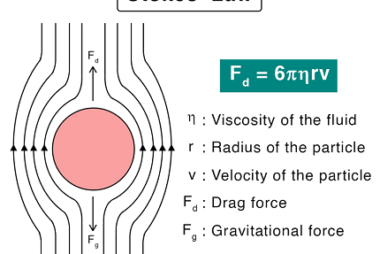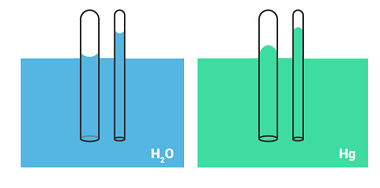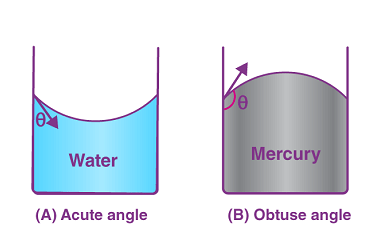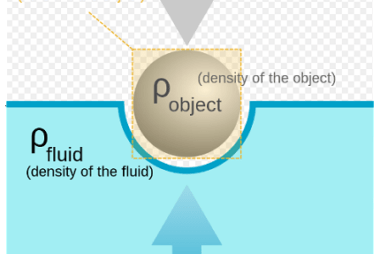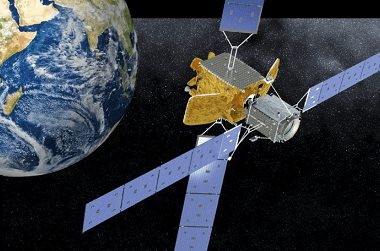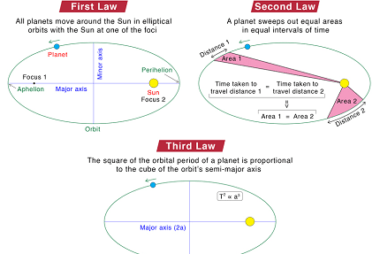Streamline flow
Streamline flow is a type of fluid flow where the velocity of the fluid is constant along each streamline. Streamlines are imaginary lines that represent the direction of the fluid flow at each point in space. In streamline flow, the fluid particles move in a smooth, organized manner, without any turbulence or mixing. Streamline flow…

